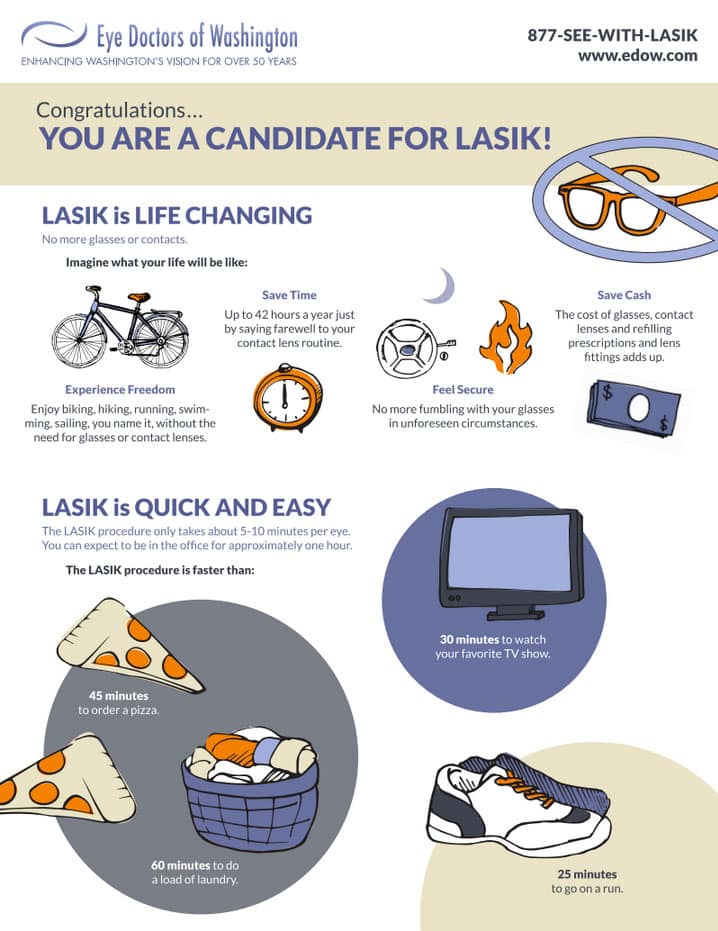The Development Of Advanced Cataract Surgical Treatment Techniques: An Extensive Summary
The Development Of Advanced Cataract Surgical Treatment Techniques: An Extensive Summary
Blog Article
Write-Up Created By-Burton Alexander
As you explore the advancement of sophisticated cataract surgical procedure techniques, you'll witness a journey marked by ingenuity and precision. From old techniques that paved the way for contemporary technologies to advanced technologies that are revolutionizing the field, the comprehensive overview of cataract surgical treatment techniques is a testament to human development and dedication to boosting patient results. The complex interaction in between historic techniques and advanced developments produces an intriguing narrative that sheds light on the development of among one of the most usual operations worldwide.
Historical Techniques and Technologies
Discover just how early cosmetic surgeons changed cataract treatment by employing innovative techniques and devices. In the past, cataract surgery was a high-risk and uncomfortable procedure. However, ancient Indian medical professionals were among the very first to try medical treatments for cataracts, making use of a technique called 'couching' where a sharp instrument was utilized to push the cataract back right into the eye. This approach, though crude by today's standards, laid the groundwork for future advancements in cataract surgical treatment.
As time proceeded, Arab medical professionals made considerable payments by establishing specialized needles for cataract extraction. which cataract surgery does medicare cover were utilized to pierce the cataract and then extract it from the eye, noting a significant enhancement in medical accuracy.
Later on, in the 18th century, the French specialist Jacques Daviel spearheaded the method of extracapsular cataract removal, where the entire lens was removed intact via a larger incision. This noted a major development in cataract surgery strategies, leading the way for the modern-day treatments we use today.
Modern Surgical Approaches
Early techniques in cataract surgical procedure have actually developed significantly, resulting in the development of modern-day medical strategies that focus on accuracy and boosted person end results. Modern cataract surgical procedure currently typically entails a treatment called phacoemulsification, where an ultrasonic tool breaks up the cataract for elimination via a small laceration. This strategy enables quicker recovery and decreases the risk of problems compared to older approaches.
Furthermore, using sophisticated intraocular lenses (IOLs) has reinvented cataract surgical procedure results. These lenses can correct not just the cataract yet additionally other refractive errors like astigmatism, reducing the need for glasses post-surgery.
Surgeons today likewise have access to innovative imaging technologies that aid in specific preoperative preparation and intraoperative decision-making. Optical comprehensibility tomography (OCT) and various other imaging techniques offer in-depth pictures of the eye's structures, permitting a more tailored method to each person's surgical treatment. With Average Cost For LASIK Surgery , contemporary cataract surgical treatment techniques continue to enhance, offering patients much safer treatments and much better aesthetic results.
Arising Technologies in Cataract Surgical Treatment
With innovations in innovation revolutionizing the field, cataract surgical treatment is observing the integration of innovative methods for improved individual end results. Emerging modern technologies in cataract surgical treatment are improving the landscape of ophthalmic treatments. One such improvement is femtosecond laser innovation, which permits precise corneal lacerations, capsulotomies, and lens fragmentation, resulting in boosted surgical precision and end results.
In addition, intraoperative aberrometry is acquiring popularity, allowing real-time measurements of refractive errors during surgical treatment to improve intraocular lens power computations and lower postoperative refractive surprises.
Moreover, the use of innovative imaging technologies like optical coherence tomography (OCT) and intraoperative wavefront aberrometry aids doctors in specific medical planning and implementation. These devices offer detailed physiological details and assistance customize surgical techniques for each client's special eye characteristics.
Additionally, advancements in expert system are being checked out to assist in preoperative preparation, intraoperative decision-making, and postoperative care, potentially enhancing medical outcomes and individual satisfaction. Accepting these emerging innovations in cataract surgery holds pledge for additional improving patient results and guaranteeing the proceeded evolution of ocular surgical techniques.
Conclusion
As you journey through the history of cataract surgical procedure, you witness the change from old practices to cutting-edge technologies. Like a phoenix climbing from the ashes, cataract surgical treatment has progressed right into a beacon of hope and advancement.
Equally as a caterpillar emerges from its cocoon as a beautiful butterfly, cataract surgical procedure has thrived right into a refined art form, offering individuals more clear vision and a brighter future.
The development continues, beaming a light on endless possibilities.
